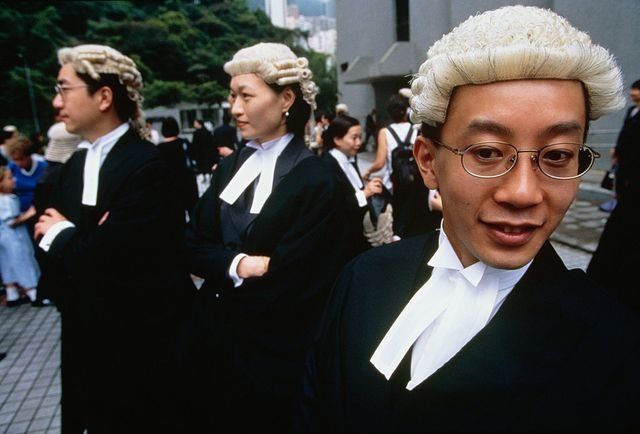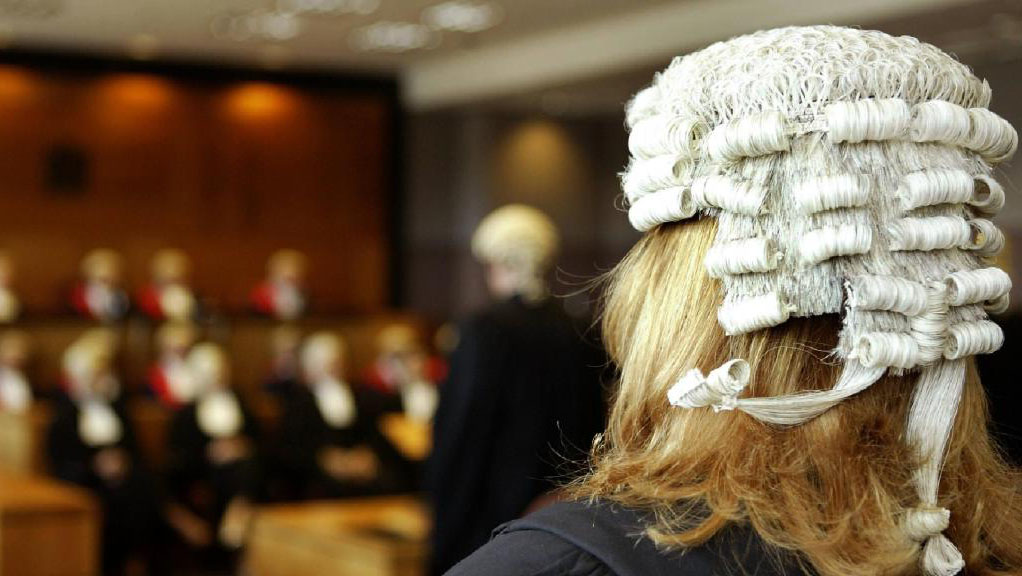The tradition of judges and lawyers wearing white wigs in British courtrooms is a distinctive aspect of the legal profession in the United Kingdom.
Far from being a quaint relic seen only in the media, this practice is a living tradition deeply rooted in the history of British law. The wig, or peruke, is more than just a piece of attire; it symbolizes the wearer’s status within the legal community.
Forgoing it is not merely a breach of the dress code but is considered disrespectful to the court itself.
The Significance of Wearing Wigs in the British Legal System
The custom of wearing wigs emerged in the 17th century, influenced by European fashion and the necessity of covering signs of illness. It dates back 300 years.
It was adopted in England following King Louis XIV of France and Charles II of England, marking a status symbol that soon became integral to the legal profession. Initially a marker of sophistication and elite status, wigs symbolize the legal profession’s enduring heritage.
Why Do British Lawyers Wear Wigs?

Solemnity in Proceedings: Wigs level the playing field, minimizing the impact of personal appearance and experience. They ensure that all barristers, regardless of their tenure, are viewed with equal respect by the judiciary and jury, emphasizing the importance of the case over individual characteristics.
Anonymity and Impartiality: The law aims to be blind, and wigs serve this principle by maintaining the wearer’s anonymity. This uniformity signifies that personal identities are secondary to the law, emphasizing the impartiality essential to justice.
Legacy and Tradition: Despite changing fashions, wigs have remained a part of courtroom attire for centuries, representing the legal profession’s rich history and the continuity of legal practice over time.
Gender Neutrality in Wig-Wearing
In the United Kingdom, wearing wigs transcends gender, with male and female barristers donning them for court proceedings. This uniformity underscores the legal profession’s commitment to equality and neutrality, ensuring that focus remains on the law rather than personal attributes.
Types of Legal Wigs Who Love To Wear Wigs
Judge Ceremonial Wig: This wig is made of genuine horsehair and worn during special occasions. It symbolizes the judiciary’s grandeur.
Judge Bench Wig: This wig is a more practical variant designed for daily court activities, embodying the blend of tradition and functionality.
Barrister Wig: A tie-wig from the 17th century, this is the standard attire for barristers engaged in litigation, representing their role in the legal process.
Contemporary Practice and Perspectives
Despite some modernization in 2007, which relaxed the requirements for wig-wearing in certain court appearances, the tradition persists, especially in criminal cases. This enduring practice reflects a balance between respect for legal history and the dynamics of contemporary legal proceedings.
Global Influence and Adaptations
The British tradition of wig-wearing has influenced legal attire in former colonies, though practices vary based on local customs and practical considerations. In countries like India and Pakistan, the colonial legacy of legal wigs has given way to more climate-appropriate attire, reflecting a blend of British influence and indigenous legal culture.
FAQ
Why do British lawyers and judges wear wigs?
British lawyers and judges wear wigs as part of their traditional court attire. This practice, dating back to the 17th century, symbolizes solemnity in proceedings, maintains anonymity, and embodies the rich legacy of the law. Wearing a wig is considered a mark of status within the legal profession and a sign of respect for the court.
Are wigs still mandatory for all legal proceedings in the UK?
As of 2007, the wig requirement has been relaxed in certain situations. Wigs are no longer mandatory for family or civil court appearances or before the United Kingdom Supreme Court. However, they are still worn in criminal cases, and many lawyers wear them during legal proceedings as a sign of tradition and respect.
Do female barristers wear wigs?
Yes, in the United Kingdom, both male and female barristers wear wigs during court proceedings. This practice underscores the legal profession’s commitment to gender neutrality and equality, ensuring that the focus remains on legal arguments rather than personal appearances.
What are the different types of wigs worn in court?
Judge Ceremonial Wig: Worn during special occasions, made of genuine horsehair, symbolizing the judiciary’s grandeur.
Judge Bench Wig: A practical wig for daily court activities, embodying tradition and functionality.
Barrister Wig: The standard attire for barristers engaged in litigation, representing their role in the legal process.
Can anyone purchase legal wigs?
While there are no restrictions on who can purchase a legal wig, they are specifically designed for and worn by members of the legal profession during formal proceedings. Legal wigs are typically acquired from specialized tailors who provide attire for the legal community, and owning one is generally associated with being a practising lawyer or judge.
How has the tradition of wearing wigs influenced legal attire in other countries?
The British tradition of wearing legal wigs has influenced legal attire in several former colonies, though practices have adapted based on local customs and practical considerations. In many jurisdictions, the colonial legacy of legal wigs has evolved to reflect a blend of British influence and indigenous legal culture, with some countries maintaining the tradition and others opting for more practical attire.
Conclusion
The tradition of wearing wigs in the legal profession is a fascinating example of how historical practices can persist in modern times. Wigs symbolize solemnity, anonymity, and a deep respect for the legal process.
While the practice has evolved and been adapted in various jurisdictions, the fundamental reasons for its continuation highlight the legal profession’s commitment to tradition and the principles of justice.
As societies change, the discussion around legal attire continues, reflecting the ongoing dialogue between tradition and modernity within the legal community.




